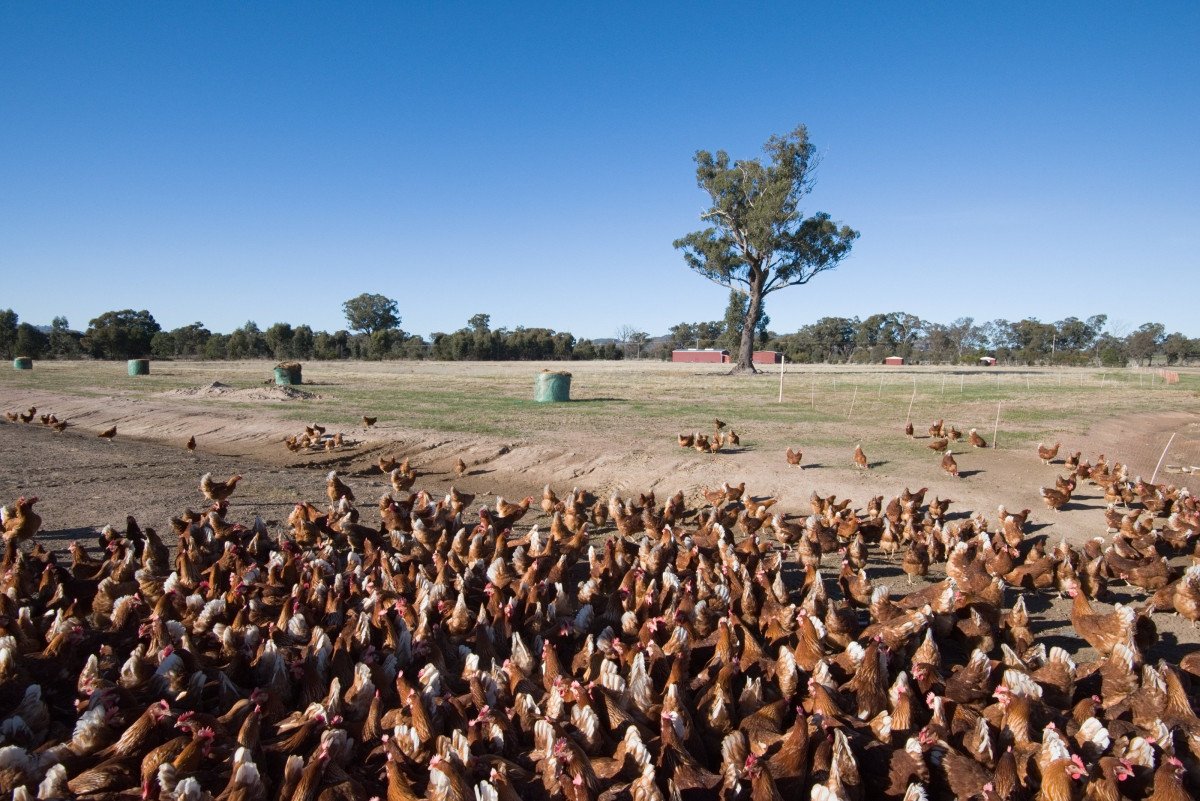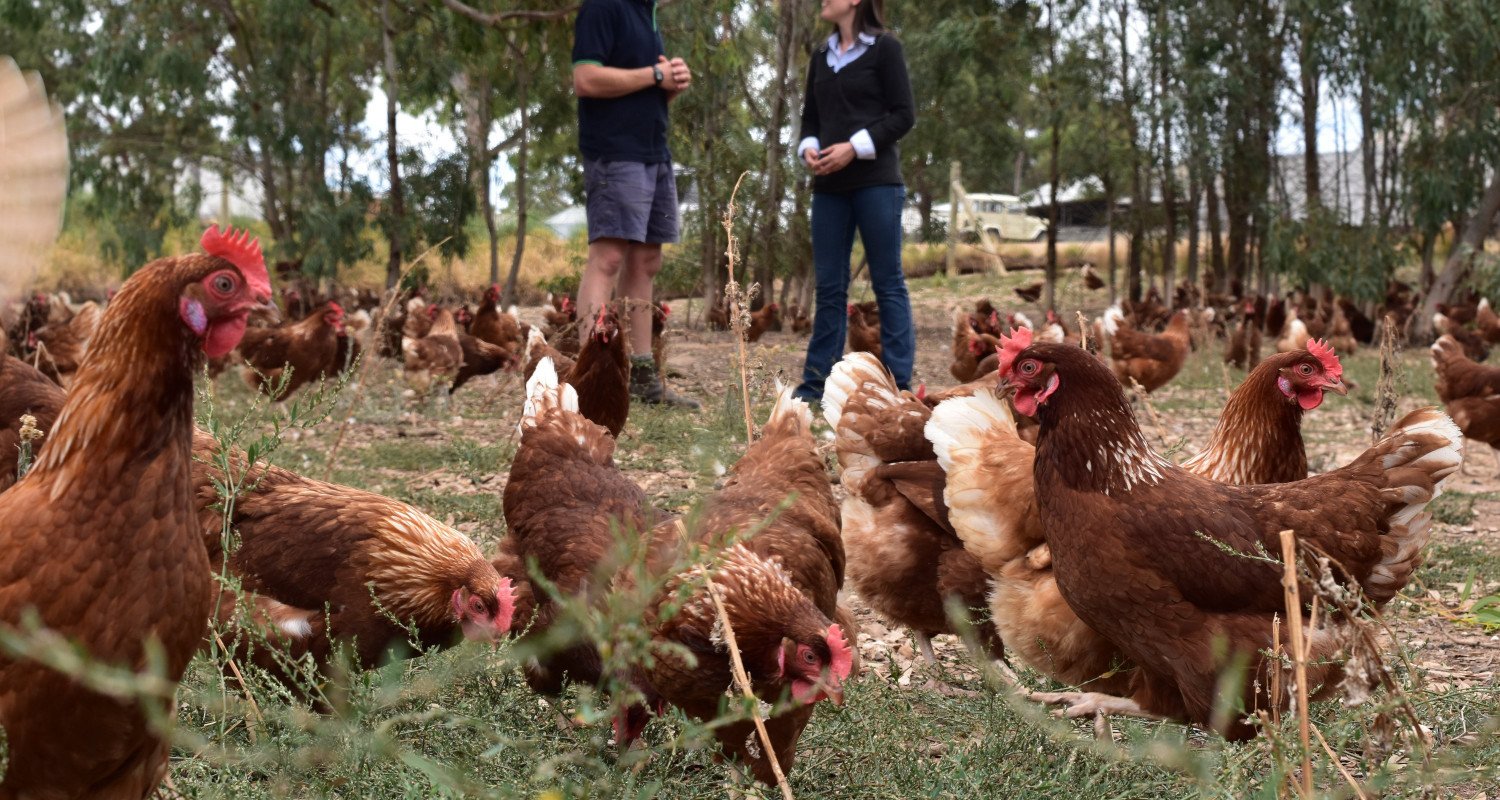
Nutritional management of free range laying hens
- Organisation University of New England
- Full Report
- Publication
- Researchers Terence Z Sibanda, Isabelle Ruhnke
- Categories
Nutritional management of free range laying hens
The objectives of this project were to: characterise subpopulations of free range laying hens, determine the dynamics of free range subpopulations, and develop and validate feeding strategies for subpopulations of free range laying hens. The results indicated that different subpopulations within the flock use the range more or less, and this is related to the way they use the aviary system.

In this project, a shed of 18,750 18 week-old laying hens were fitted with Radio frequency identification (RFID) leg bands. RFID technology throughout the shed provided data on each individual hen's daily use of the range, feeders and nest boxes.
At 22 weeks the hens were arranged into pens according to their range use between 18 and 21 weeks of age. The hens were monitored until 72 weeks of age and their laying performance and egg quality was measured during this time.
See the full report for all project details, some key findings are below.
Based on the data collected from the RFID bands, the researchers classified the flock into 'stayers', who spent a majority of their time inside the shed, 'roamers' who spent some time out on the range and 'rangers' who spent a majority of their time on the range. In this project, 'stayers' made up 20% of the overall flock population.
At 22 weeks of age, 'rangers' production rate was 88.0% hen-day, while 'stayers' laid significantly less eggs (78.2% hen-day production; P < 0.05).
It was not until 52 weeks of age that 'stayers' performed as well as 'rangers', so this research suggests that management and nutritional support of 'stayers' could be beneficial for flock uniformity.
However the egg production of the 'stayers' increased as well until the 'stayers' outperformed rangers at 62 and 72 weeks of age.
The performance of the 'rangers' exceeded the expected performance of the breed standard but egg quality did not vary significantly between the subpopulations.
Differences in the health of the sub-populations were also found, for example overall, the 'rangers' had a better feather cover compared to the 'stayers' while 'stayers' had a poor fatty liver score.
 >
> 